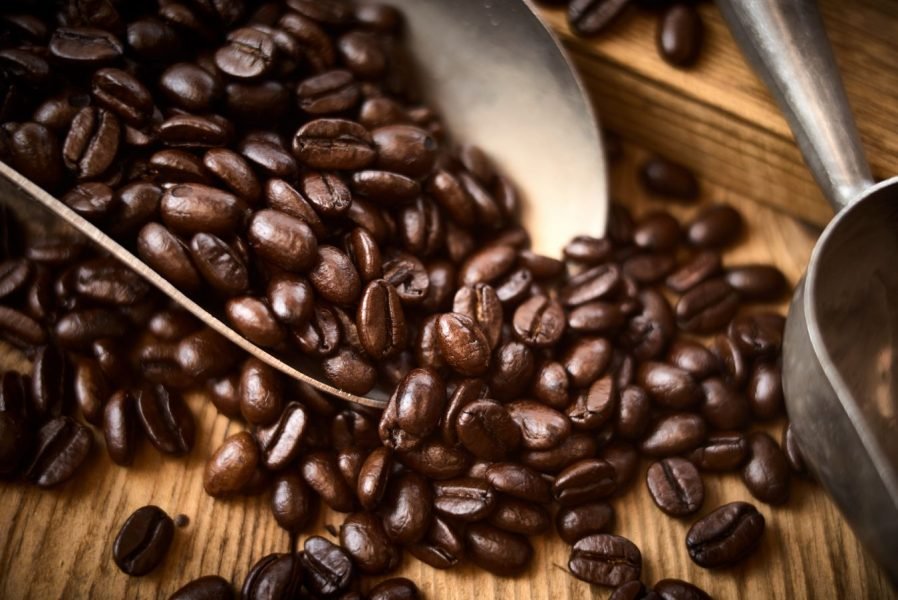Sumatra Coffee: Exploring the Richness of Flavor in Sumatran Beans
Sumatra Coffee, the westernmost island of Indonesia, is not only known for its breathtaking landscapes and diverse cultures but also for producing some of the world’s most distinctive and sought-after coffee beans. Sumatra coffee, grown in the highlands of the region, has gained international acclaim for its unique flavor profile, bold body, and earthy undertones. In this comprehensive exploration, we will delve into the origins, cultivation methods, processing techniques, and most importantly, the unparalleled taste of Sumatra coffee.
Table of Contents
The Origins of Sumatra Coffee
Sumatra has a long and storied history in the world of coffee cultivation. Introduced by Dutch colonists in the late 17th century, coffee found a fertile home in the volcanic soils and tropical climate of the island. Today, the coffee industry in Sumatra is deeply embedded in the cultural and economic fabric of the region, with numerous smallholder farmers and cooperatives contributing to its success.
Varieties of Sumatra Coffee
Several varieties of Arabica and Robusta coffee are grown in Sumatra, with Arabica dominating the specialty coffee market. The most notable Arabica varieties include Mandheling, Lintong, and Gayo. Each region contributes its own nuances to the coffee, influenced by factors such as altitude, soil composition, and climate.

Mandheling
Mandheling coffee, grown in the west-central part of Sumatra, is renowned for its full body, low acidity, and a complex flavor profile characterized by notes of chocolate, tobacco, and a syrupy sweetness. The beans are typically processed using the wet-hulling method, a unique technique that imparts a distinct character to the coffee.
Lintong
Lintong coffee hails from the Lintongnihuta district in North Sumatra. This variety is known for its bright acidity, herbal undertones, and a clean finish. Lintong beans are often wet-processed, contributing to their vibrant and crisp flavor profile.
Gayo
Grown in the Aceh province in the northern part of Sumatra, Gayo coffee is celebrated for its heavy body, low acidity, and herbal, spicy notes. The Gayo Highlands, with their high altitudes and volcanic soil, provide an ideal environment for cultivating this unique coffee.
Cultivation and Harvesting
The cultivation of Sumatra coffee involves meticulous attention to detail, from the selection of coffee varieties to the harvesting process. Smallholder farmers, often organized into cooperatives, play a crucial role in the production chain. The high altitudes of Sumatra’s coffee-growing regions contribute to the slow maturation of coffee cherries, resulting in beans with exceptional density and flavor complexity.
Harvesting typically occurs between May and September, with coffee cherries picked by hand at varying levels of ripeness. This selective harvesting method can be labor-intensive but ensures that only the ripest cherries are used in the final product.
Processing Methods
The unique character of Sumatra coffee is also shaped by the distinctive processing methods employed by local farmers. One of the most notable techniques is “Giling Basah” or wet-hulling. In this method, the coffee cherries are pulped, and the beans are partially dried before the parchment is removed. The beans then undergo a final drying stage, resulting in a distinctively Indonesian flavor profile.
Wet-hulling contributes to Sumatra coffee’s hallmark characteristics, including its full body, low acidity, and earthy notes. This processing method is closely tied to the region’s climate, allowing for the beans to absorb the tropical humidity during the final drying phase.
Sumatra Coffee Taste Profile
The taste of Sumatra coffee is a sensory journey that captivates coffee enthusiasts worldwide. Here are key elements that contribute to the unique taste profile:
Earthy Undertones
Sumatra coffee is renowned for its earthy and herbal notes. The wet-hulling process, combined with the volcanic soil, imparts a distinct earthiness to the beans. This flavor profile is often described as woody, mossy, or even reminiscent of tobacco.
Full Body
One of the most distinguishing features of Sumatra coffee is its full body. The beans’ density, slow maturation, and wet-hulling process result in a coffee with a robust and syrupy mouthfeel. This characteristic makes Sumatra coffee an excellent choice for those who appreciate a substantial and rich cup.
Low Acidity
Compared to coffees from other regions, Sumatra coffee is known for its low acidity. The slow maturation of the cherries and the wet-hulling process contribute to a mellow acidity that allows other flavor notes to shine. This makes Sumatra coffee particularly appealing to those who prefer a smoother and less tangy coffee experience.
Spicy and Herbal Notes
Sumatra coffee often exhibits spicy and herbal undertones. The Gayo variety, in particular, is known for its peppery notes, while other beans may showcase hints of cardamom, clove, or other spices. These complex flavor profiles add layers of intrigue to every sip.
Chocolate and Sweetness
Mandheling coffee, in particular, is celebrated for its chocolatey and sweet notes. The combination of the wet-hulling process and the region’s unique terroir results in a coffee with a natural sweetness that can range from fruity to syrupy, complementing the earthy and spicy elements.
Brewing Recommendations
To fully appreciate the nuanced flavors of Sumatra coffee, it’s essential to choose the right brewing method. Here are some recommendations:
French Press
The full-bodied nature of Sumatra coffee pairs exceptionally well with the French press. The coarse grind allows the coffee’s oils to infuse the brew, enhancing its richness and depth.
Pour-Over
For those who appreciate a cleaner cup with pronounced acidity, a pour-over method can highlight the unique qualities of Sumatra coffee. Use a medium grind to balance extraction and enjoy the subtle herbal and earthy notes.
Espresso
Sumatra coffee’s bold flavor profile makes it an excellent choice for espresso enthusiasts. The low acidity and full body contribute to a satisfying and intense shot. Experiment with the grind size and extraction time to find the perfect balance.
Cold Brew
The natural sweetness and low acidity of Sumatra coffee make it an ideal candidate for cold brew. Steep the coarse grounds in cold water for an extended period to extract the rich flavors without the bitterness.
Conclusion
Sumatra coffee stands as a testament to the harmonious interplay between nature, culture, and craftsmanship. From the lush highlands of the region to the hands of skilled farmers and processors, every step in the journey contributes to the unique taste profile that has captivated coffee connoisseurs worldwide. The earthy undertones, full body, low acidity, and complex flavor notes make Sumatra coffee a truly exceptional and memorable experience for those seeking a distinctive cup of java. Whether enjoyed alone or as part of a carefully crafted blend, Sumatra coffee continues to leave an indelible mark on the global coffee landscape, proving that sometimes, the finest things in life are best experienced one sip at a time











